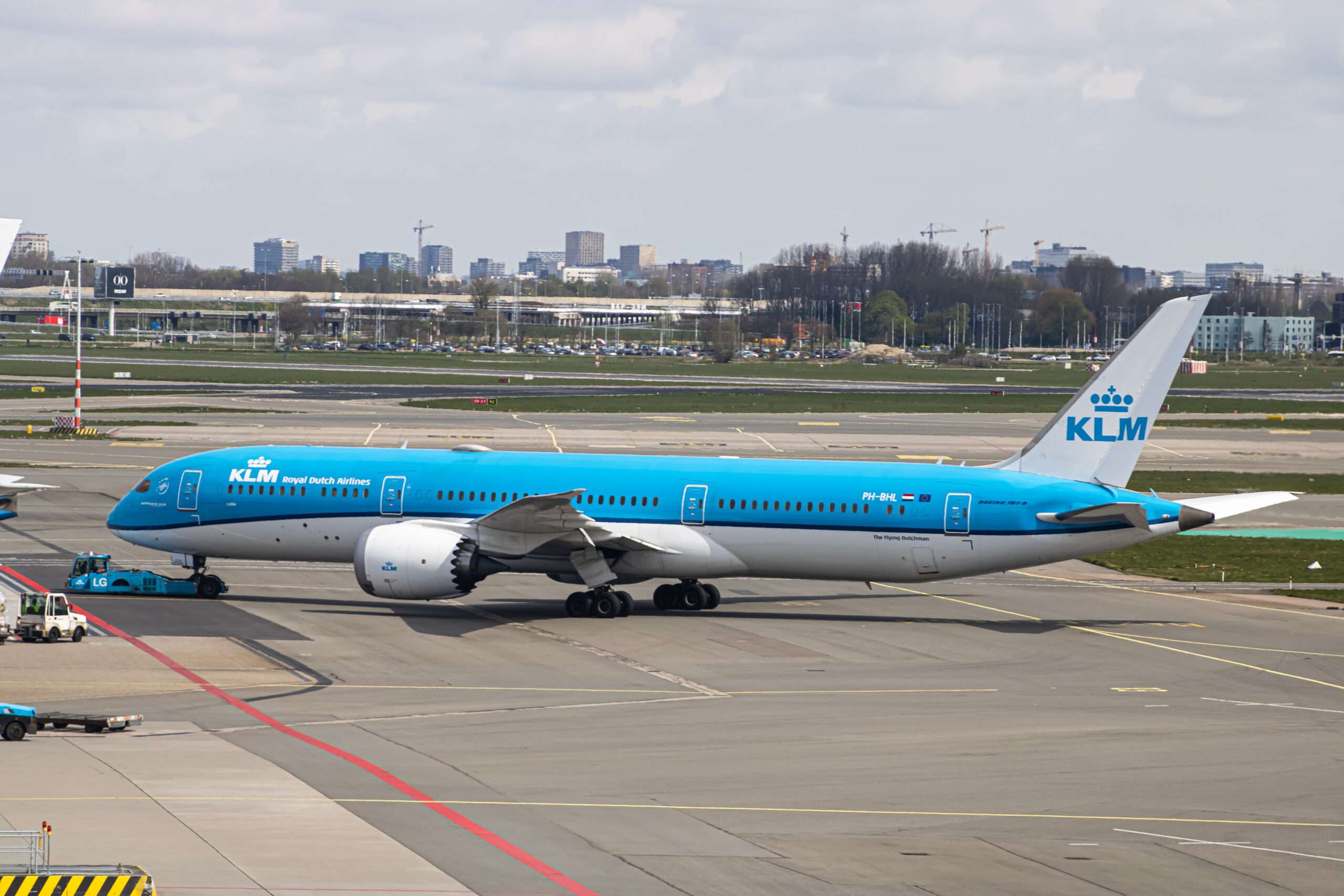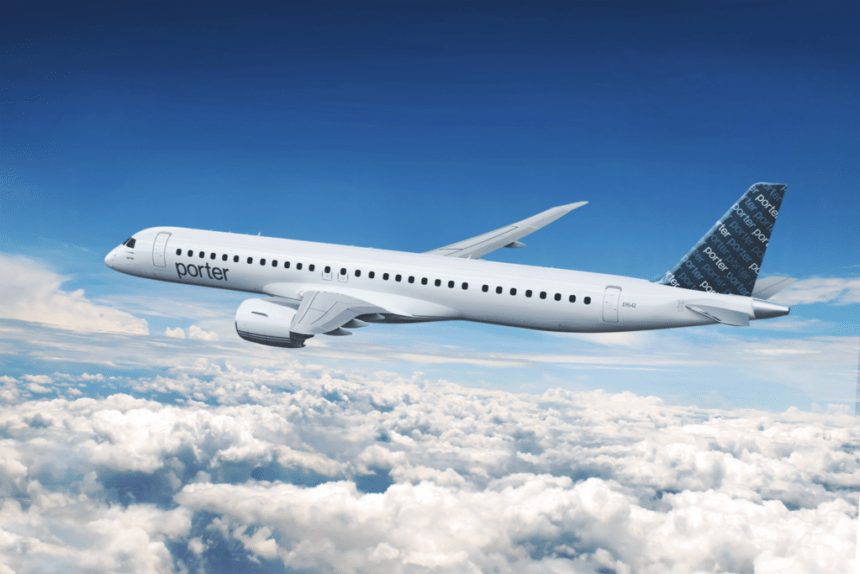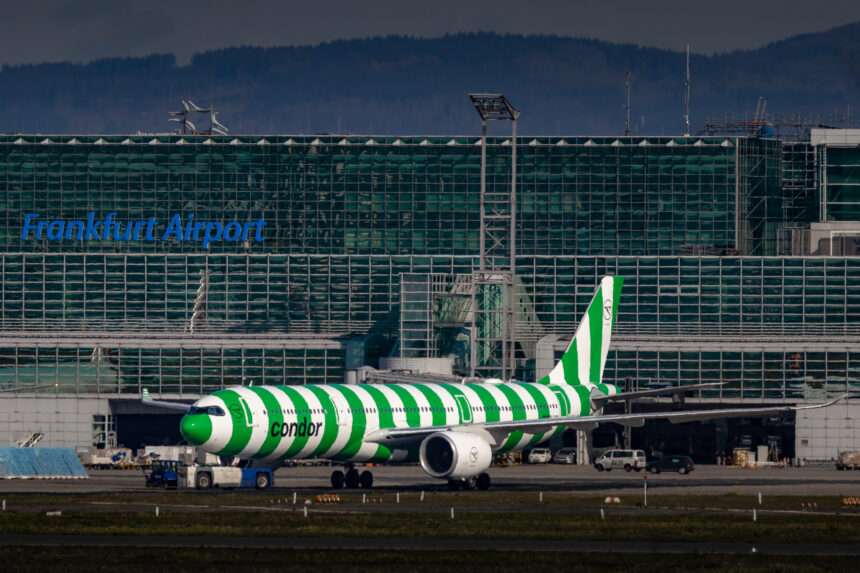KLM Royal Dutch Airlines this week presented its vision for tackling noise pollution around Amsterdam Airport Schiphol (AMS).
Their proposed plan prioritizes achieving government noise reduction targets while safeguarding the Netherlands’ critical international connections.
KLM, a historic airline with over a century of service, acknowledges the impact of air traffic on local residents.
“We understand the importance of Schiphol to the Netherlands’ global connectivity, but we also recognize the need to be responsible neighbors,” said Barry ter Voert, CXO & EVP Business Development at KLM.
KLM Schiphol Airport Plan
While KLM appreciates the Ministry of Infrastructure & Water Management incorporating aspects from the industry’s “Cleaner, Quieter, More Fuel Efficient” plan, they identify key differences.
The current ministry approach, according to KLM, doesn’t fully adhere to the established Balanced Approach regulations. This is a framework designed to find solutions that consider environmental, economic, and operational factors.
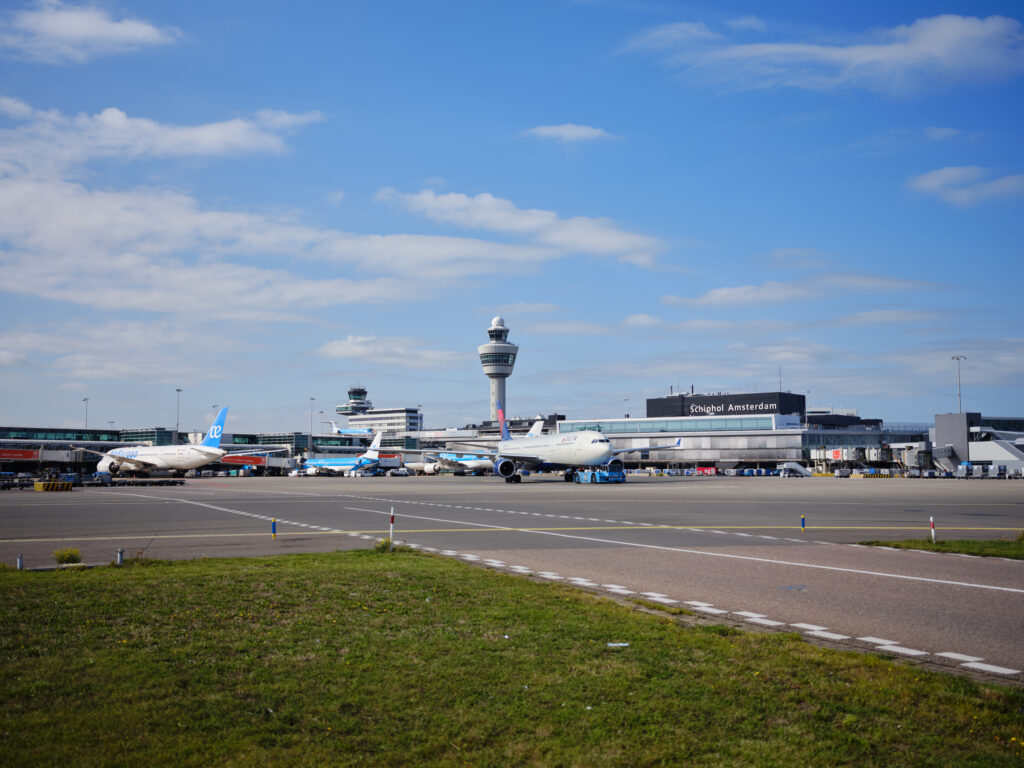
The industry plan, backed by various stakeholders, offers a path to achieve the ministry’s noise reduction targets through a multi-pronged approach:
- Fleet Modernization: Phasing out older, noisier aircraft and replacing them with newer, fuel-efficient models with lower noise footprints.
- Smarter Operations: Implementing optimized flight paths and procedures to minimize noise impact on surrounding communities, particularly during takeoff and landing.
- Strategic Nighttime Deployment: Prioritizing the use of quieter aircraft for flights departing or arriving during nighttime hours, offering residents some respite from noise pollution.

Open Dialogue for a Sustainable Future
KLM actively seeks further discussions with the ministry and all stakeholders to refine a comprehensive and effective noise reduction strategy. This strategy should prioritize two key goals:
Preserving International Connectivity
Maintaining excellent connections to the rest of the world is crucial for the economic health of the Netherlands and its citizens. A strong international network fosters trade, tourism, and investment, all vital for national prosperity.
Exceeding Noise Reduction Targets
KLM’s plan, as confirmed by independent calculations from the Royal Netherlands Aerospace Centre (NLR), surpasses the noise reduction target set by the government.
This signifies a commitment to environmental responsibility without compromising economic well-being.
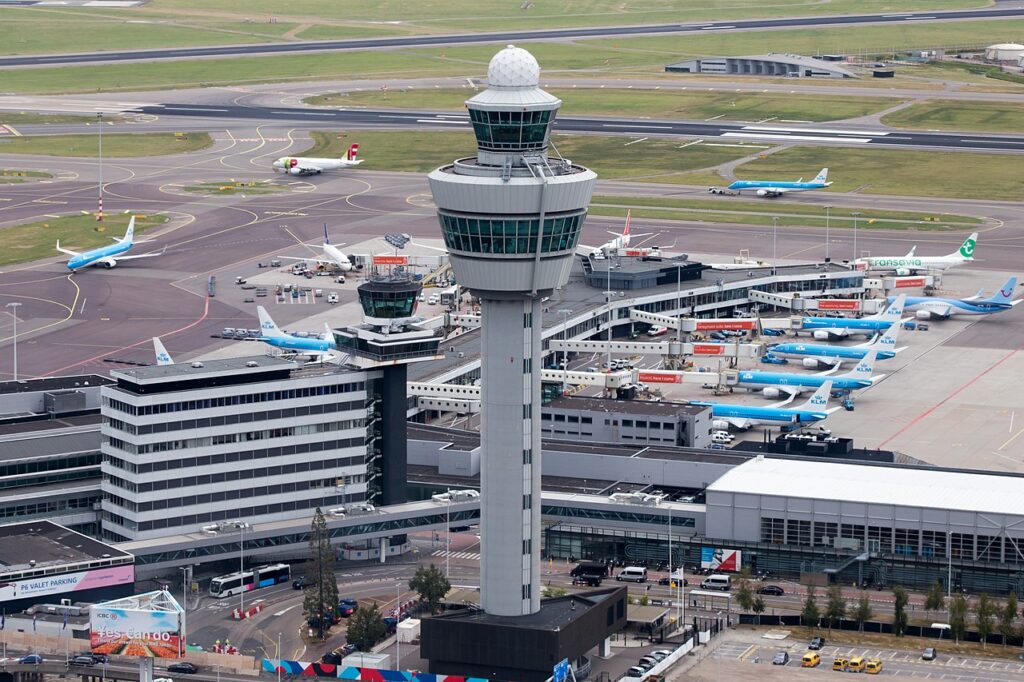
Balanced Approach for Measurable Results
KLM emphasizes the importance of adhering to the Balanced Approach principles, ensuring noise reduction measures are:
- Balanced: Compliant with existing regulations, developed objectively based on factual data and legal considerations.
- Effective: Proportionate to the problem, cost-efficient to implement, and demonstrably impactful in reducing noise pollution.
Furthermore, KLM highlights the need for a realistic timeline for deploying quieter aircraft at night.
Additionally, they advocate for a clear starting point for the Balanced Approach. This should utilize widely accepted noise impact assessment methods to establish a baseline for measuring progress.

The Importance of Finding Common Ground
All stakeholders submitted their noise reduction proposals this week. Now, the Ministry of Infrastructure & Water Management will evaluate these plans before revising their overall noise reduction package.
KLM remains committed to working collaboratively towards a balanced and effective solution.
Its focus is on minimizing noise pollution for residents while safeguarding the Netherlands’ vital international connections, ensuring a sustainable future for both the environment and the economy.
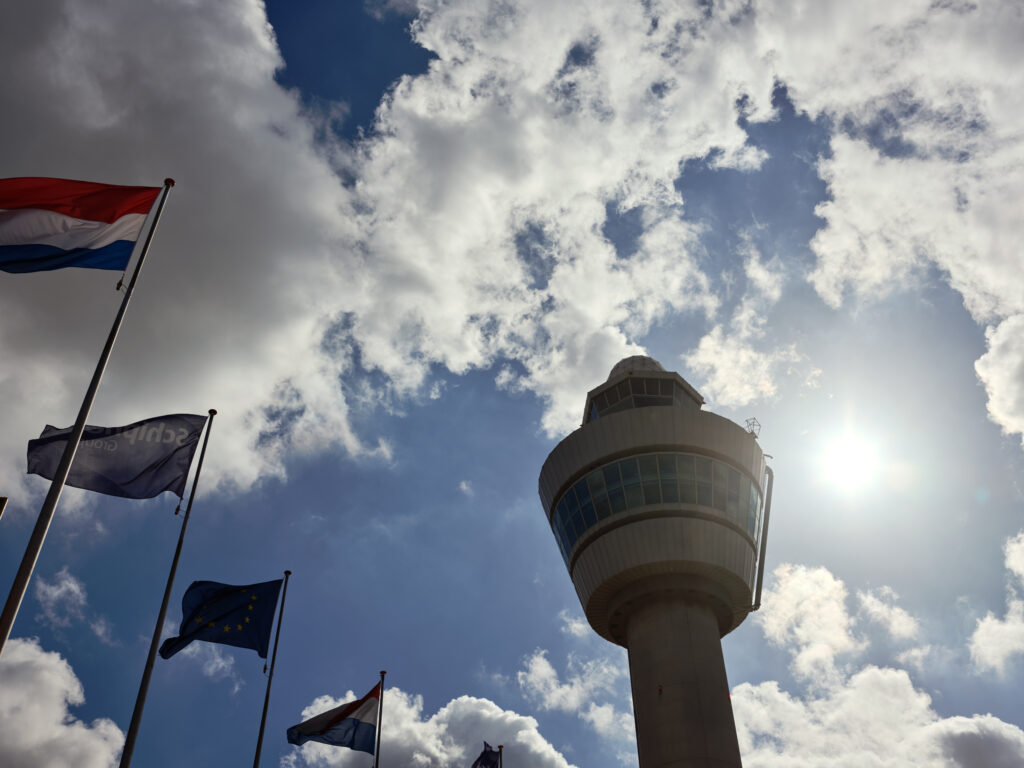
Noise pollution is a complex issue with no easy solutions. KLM’s plan demonstrates a commitment to finding common ground.
This seeks to balance the needs of local residents with the economic importance of Schiphol Airport. By working collaboratively with the government and other stakeholders, KLM believes a solution can be achieved that benefits everyone.
This approach requires open dialogue, transparency, and a willingness to explore all options.
Ultimately, the goal is to ensure Amsterdam Schiphol Airport remains a vital hub for international travel while minimizing noise pollution for surrounding communities.
KLM’s plan offers a promising path forward, prioritizing both environmental responsibility and economic prosperity. The complete plan can be downloaded here.

Click the banner to subscribe to our weekly newsleter.

Click the photo to join our WhatsApp channel so then you can stay up to date with everything going on in the aviation industry!






